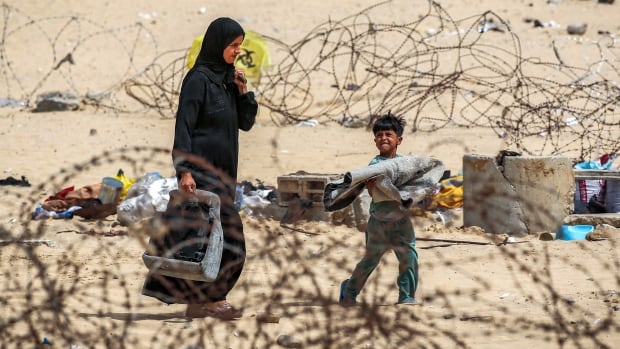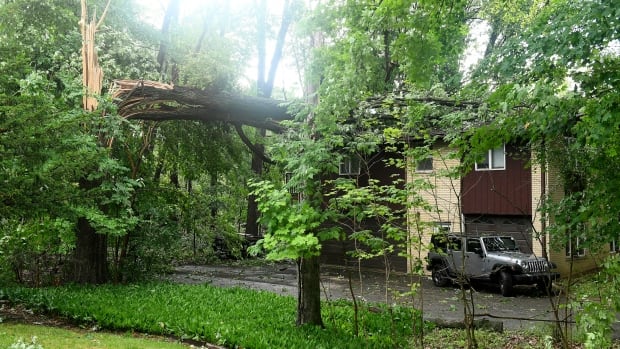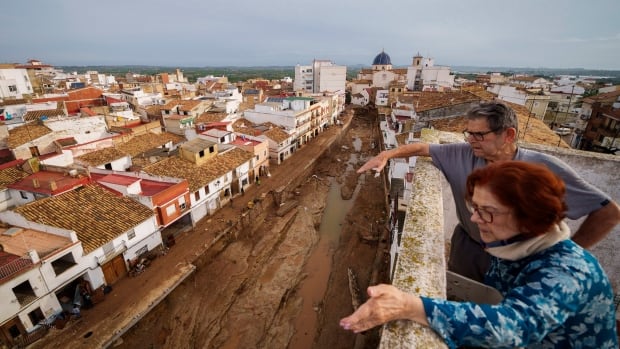Israel ordered new evacuations in Gaza’s southern city of Rafah on Saturday, forcing tens of thousands more people to move as it prepares to expand its military operation closer to the heavily populated central area, in defiance of growing pressure amid the war from close ally the United States and others.
As pro-Palestinian protests continued, Israel’s military also said it was moving into an area of devastated northern Gaza, where it asserted that the Hamas militant group has regrouped.
Israel has now evacuated the eastern third of Rafah, considered Gaza’s last refuge. The United Nations has warned that the planned full-scale Rafah invasion would further cripple humanitarian operations and cause a surge in civilian casualties.
Rafah borders Egypt near the main aid entry points, which are already affected. Israeli troops have captured the Gaza side of the Rafah crossing, forcing it to shut down.
Egypt has refused to co-ordinate with Israel the delivery of aid though the Rafah crossing point because of “the unacceptable Israeli escalation,” the state-owned Al Qahera News television channel reported on Saturday, citing an unnamed official. The channel has close ties with Egyptian security agencies.
Dr. Jamal Al-Hams, the general director of Kuwaiti Hospital in Rafah, says the hospital does not have enough supplies to handle the influx of patients it would see if Israel were to attack the southern Gaza city.
U.S. President Joe Biden has said he won’t provide offensive weapons to Israel for Rafah. On Friday, the Biden administration said there was “reasonable” evidence that Israel had breached international law protecting civilians — Washington’s strongest statement yet on the matter.
In response, Ophir Falk, foreign policy adviser to Israel’s prime minister, told The Associated Press that Israel acts in compliance with the laws of armed conflict and the army takes extensive measures to avert civilian casualties, including alerting people to military operations via phone calls and text messages.
‘Israeli army does not have a safe area in Gaza’
More than 1.4 million Palestinians — half of Gaza’s population — have been sheltering in Rafah, most after fleeing Israel’s offensives elsewhere in the territory. The evacuations are forcing some people to return north, where areas are devastated from previous Israeli attacks. Aid agencies estimate that 110,000 had left before Saturday’s order, which adds a further 40,000.
“The Israeli army does not have a safe area in Gaza. They target everything,” said Abu Yusuf al-Deiri, who was displaced earlier from Gaza City.
Many people have been displaced multiple times, and there are few places left to go. Some fleeing fighting earlier in the week erected tent camps in the city of Khan Younis — half destroyed in an earlier Israeli offensive — and the central city of Deir al-Balah, straining infrastructure.
Some Palestinians are being sent to what Israel has called humanitarian safe zones along the Muwasi coastal strip, which is already packed with about 450,000 people in squalid conditions. The garbage-strewn camp lacks basic facilities.

Georgios Petropoulos, an official with the UN humanitarian agency in Rafah, said aid workers had no supplies to help people set up in new locations. “We simply have no tents, we have no blankets, no bedding, none of the items that you would expect a population on the move to be able to get from the humanitarian system,” he said.
The World Food Program (WFP) has warned that it would run out of food for distribution in southern Gaza by Saturday, Petropoulos said — a further challenge as parts of Gaza face what the WFP chief has called “full-blown famine.” Aid groups have said fuel will be depleted soon, forcing hospitals to shut down critical operations and halting trucks delivering aid.
The UN agency supporting people in Gaza, known as UNRWA, said about 300,000 people have been affected by evacuation orders in Rafah and Jabalia, but the numbers could likely be more.
Get the latest on CBCNews.ca, the CBC News App, and CBC News Network for breaking news and analysis.
Northern Gaza was the first target of Israel’s ground offensive launched after Hamas and other militants attacked southern Israel on Oct. 7 — citing Israel’s occupation and blockade of Gaza as reasons — killing about 1,200 people, mostly civilians, and taking another 250 hostage, according to Israeli tallies. After a brief truce and captives swap in November, militants still hold some 100 hostages and the remains of more than 30.
Israel’s bombardment and ground offensives have killed more than 34,800 Palestinians, mostly women and children, according to Gaza’s Health Ministry, which doesn’t distinguish between civilians and combatants in its figures. Israel blames Hamas for civilian casualties, accusing it of embedding in densely populated residential areas.
Another round of ceasefire talks in Cairo ended earlier this week without a breakthrough.
Details emerge about mass graves
Civil authorities in Gaza on Saturday gave more details of the mass graves that the Health Ministry announced earlier in the week at Al-Shifa Hospital, the largest hospital in northern Gaza and the target of an earlier Israeli offensive. Authorities said most of the 80 bodies had been patients who died from lack of care.
The Israeli army said “any attempt to blame Israel for burying civilians in mass graves is categorically false.”
At least 19 people, including eight women and eight children, were killed overnight in central Gaza in strikes that hit the areas of Zawaida, Maghazi and Deir al-Balah, according to Al Aqsa Martyrs Hospital and an AP journalist who counted the bodies.
“Children, what is the fault of the children who died?” one relative said. A woman stroked the face of one of the children lying on the ground.









